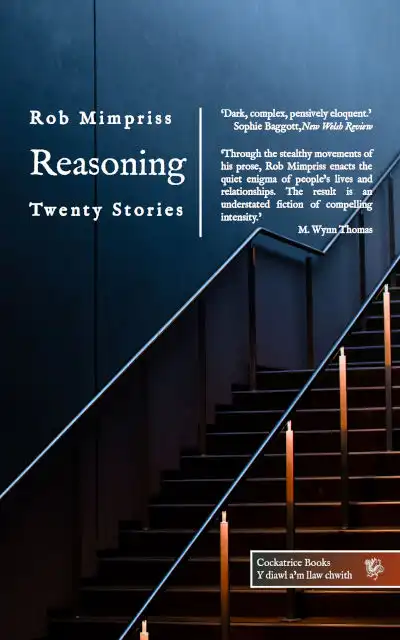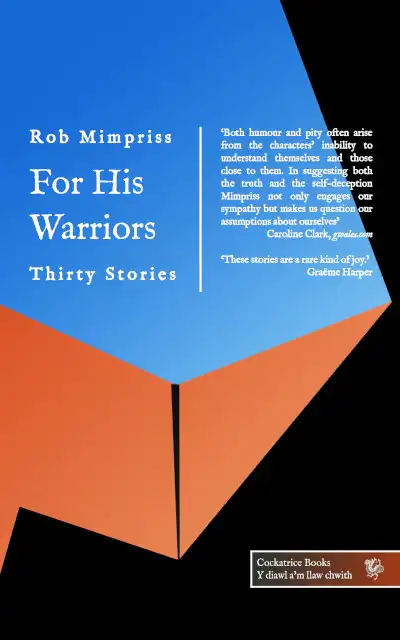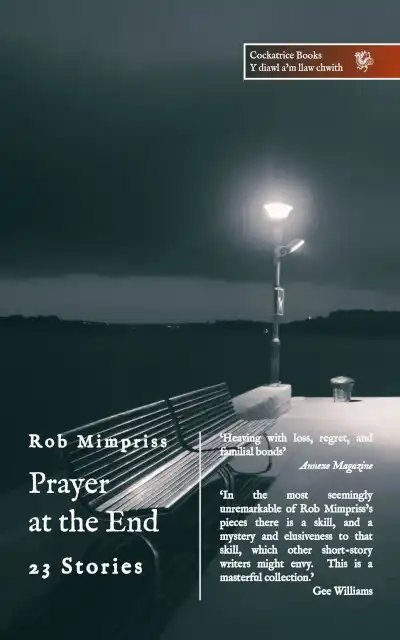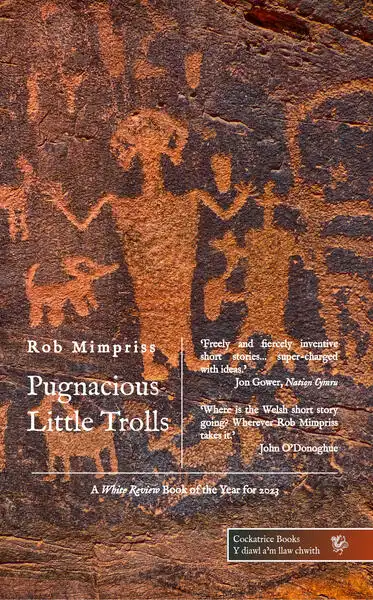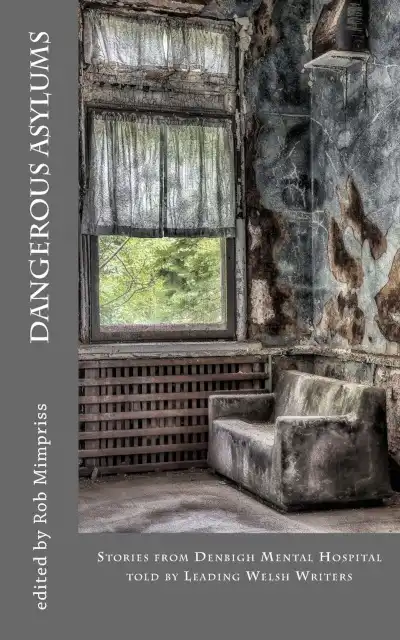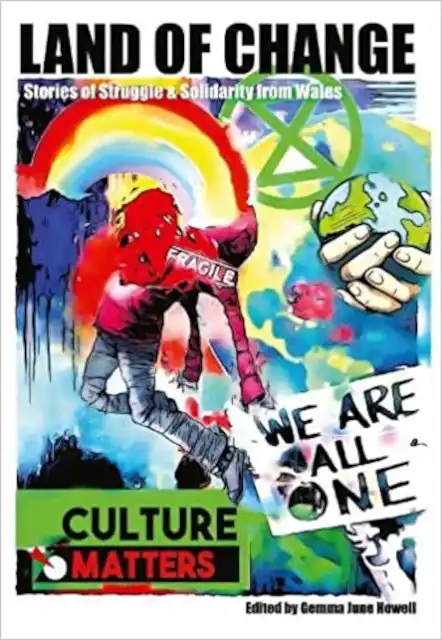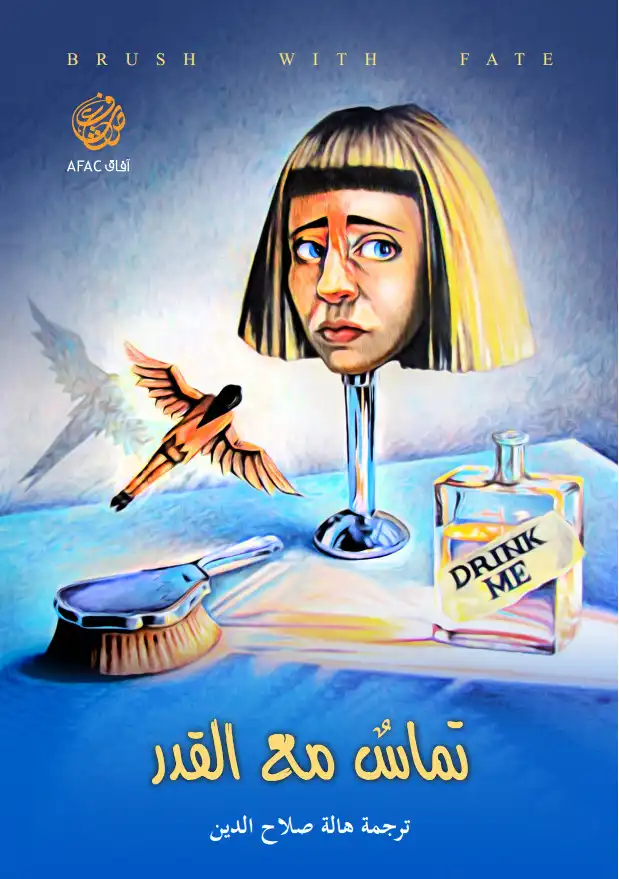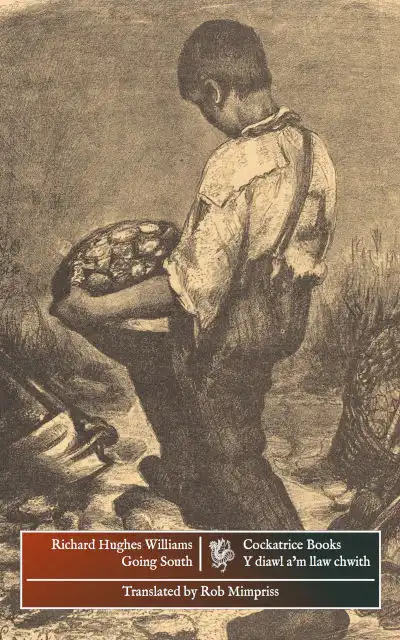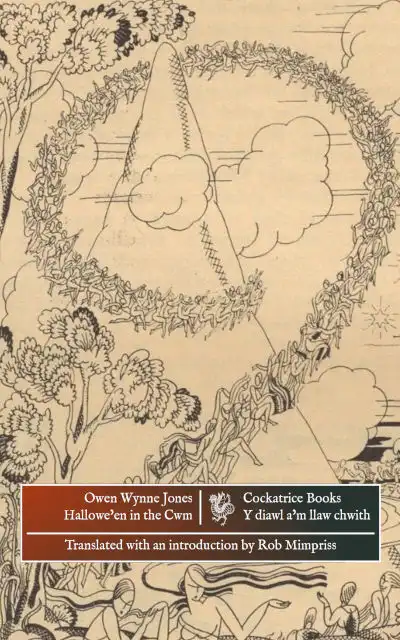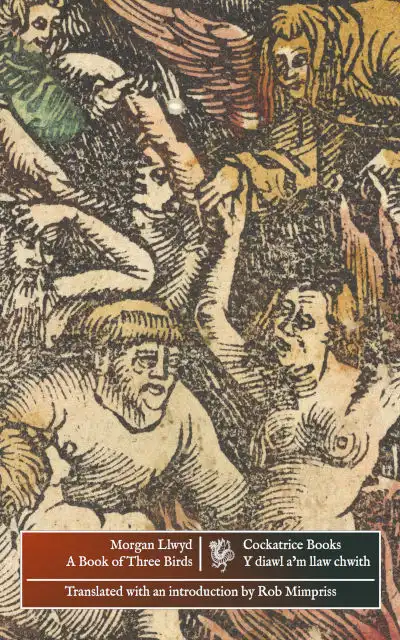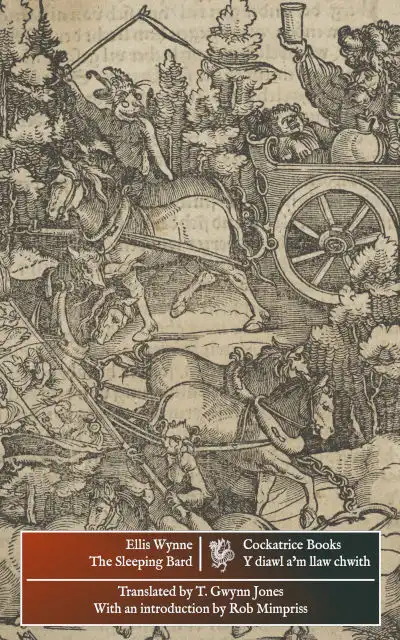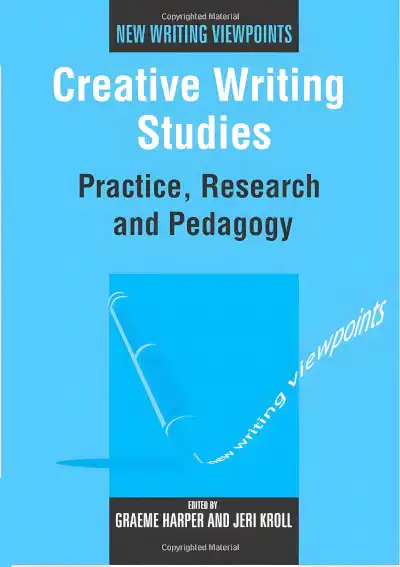The following essay is adapted from the introduction to my thesis in creative and critical writing, for which I was awarded a doctorate by Portsmouth University in 2005.
Introduction: Jury Psychology and the Workshop
On 16th May 2000 in Cardiff a young married man called Kristian Francies beat to death his infant step-son in the child’s bedroom. When his wife arrived home he was calling the ambulance, and the ambulance crew found the boy unconscious with bruises on the back of his head. He was pronounced dead in hospital the same evening. Kristian Francies claimed that the boy had been choking on a chicken bone, and that the beating was a ham-fisted attempt to resuscitate him. A jury found him guilty of manslaughter, with a majority of ten to two, and he was given three years’ imprisonment, half of them suspended – a remarkably lenient sentence, given the offence.
But perhaps the leniency shown by the judge reflected his feelings concerning the verdict. The Francies family had shown remarkable unity during the trial, and his wife and mother-in-law had consistently claimed his innocence. Furthermore there was no history of child abuse in the family, and witnesses who had seen them together that day reported no signs of unhappiness or aggression. An expert witness, a specialist in child abuse, also found the boy’s injuries inconsistent with deliberate violence.
There were also some irregularities at the trial. During deliberation the jury demanded clarification of its duties, especially concerning the extent to which they were bound by the judge’s instructions, and the burden and standard of proof. After the trial one of the jurors wrote privately to the judge. Since the judge delivered such a lenient sentence, and since he advised Kristian Francies to appeal, one may assume that he privately doubted his guilt, and that this was one of the 22 per cent of cases where judge and jury disagree.
This 22 per cent of cases has become a matter of some concern to lawyers and commentators on the law. According to Glanville Williams ‘it is an understatement to describe a jury... as twelve men of average ignorance’ and according to Judge Joseph Franks ‘twelve men can easily misunderstand more law in a minute than the judge can explain in an hour.’ Since the 1960s psychologists have added their research to these warnings, and have also researched the jury as a model of group process. Creative writing tutors will find provocative parallels between the trial-by-jury system of justice and the workshop method of teaching. In both cases ‘twelve men and women of average intelligence’ meet to assess the performance of a peer. In both cases it is assumed that they will provide a kind of insight unavailable to a senior. For its supporters this so-called ‘apotheosis of the amateur’ is the cornerstone of participatory justice, the mainstay, if not the purpose, of creative writing teaching. Its critics will point to an uncertain relationship between the judge and jury, between the tutor, client and workshopping group.
My own experience of the creative writing workshop is as a client, a participant and a convenor of the process. In a published essay I have described my doubts that the workshop provides the client with the best available criticism, or allows the critic the best forum in which to articulate his views. As a tutor I have been amazed, at times, by group members’ lack of professionalism: their refusal to admit the faults of even the direst of writing, their willingness to allow personal prejudices to get the better of their judgement, their sometimes astonishing lack of literary insight. In jury psychology I have found metaphors for my concerns: juries’ bias towards leniency and ‘perverse acquittals,’ and the contentious issue of jury incompetence. In research by Arce, Fariña and Sobral I find confirmation of my view that these problems are due less to any fault in workshop members than to the dynamic of the workshop group.
The Moral Argument for Workshopping
The moral arguments offered in favour of workshopping resemble those offered in defence of trial by jury. Andreas Kapardis lists some of these arguments as follows: the jury is ‘an antidote to tyranny,’ its decision is ‘more acceptable to the defendant than the decision of a single judge,’ and it ‘brings a fresh perception to each trial’ while its members ‘make up in common sense and experience what they do not possess in professional knowledge and training.’ In the same way the workshop may be seen by its clients as less arbitrary and more merciful than the creative writing tutor, while the tutor may value the workshop’s more amateur perspective on a text – especially when he is divided from its intended reader by age and educational experience. Respect for concepts of natural justice, combined with proper professional self-doubt, may increase judges’ estimates of the system’s effectiveness: the Runciman Commission of 1993 found that 80 per cent of judges were happy with the system.
But an insistence on the moral authority of the jury is different from an insistence on its professional competence. It may safely be used as a symbol of participatory justice when, as Baldwin and McConville point out, only a small proportion of serious crimes reaches its consideration. In the same way it is one thing to defend the status of the workshop and another to allow peer marking to contribute to assessment. If trial by jury is needed to safeguard some form of justice against the tyranny of the few, it may still be less than satisfactory as a means of determining innocence and guilt.
The Scientific Argument against Workshopping
The pioneering study of jury psychology was by Kalven and Zeisel in 1967. Working in America, Kalven and Zeisel studied more than 3000 cases, of which 64 per cent resulted in conviction and 30.3 per cent resulted in acquittal, hung juries accounting for the remainder. Judges were in agreement with the juries’ decisions in nearly 80 per cent of cases.
The research justified Kalven and Zeisel’s comment that ‘as a fact-finder it [the jury] is not in any interesting way different from the judge.’ But for Stephenson, a closer analysis of the figures does reveal disturbing differences of approach. Of the 78.9 per cent of cases in which judge and jury agreed on a verdict, 61.6 per cent were accounted for by agreement on conviction, and only 17.3 per cent by agreement on acquittal. In other words, the judges would have convicted 96 per cent of those defendants whom the juries also convicted, but would also have convicted 57 per cent of those whom the juries decided to acquit. The cases where the judge would have acquitted a defendant whom the jury found guilty accounted for 2.2 per cent of all cases.
Working in Birmingham and London in 1979, Baldwin and McConville reported similar figures. Judges doubted the jury’s acquittals in 32 per cent of cases, and the defence counsel agreed with the judges in 10 per cent. The police were more pessimistic still, disagreeing with the acquittal in 44 per cent of cases. 12 per cent of the juries’ verdicts were considered to be ‘perverse.’
Research of this type has been criticised, however, since the number of perverse acquittals reported by each group reflects its interest in guilty verdicts (Sanders and Young, pp600-601). The police may be more concerned with seeing known criminals put behind bars than with their guilt or innocence in individual cases, and the judge, who watches defendants of a common social status and background constantly passing through his court-room, may become cynical about the likely guilt of a certain ‘criminal type.’ Unlike the judge, the jury is charged with a single task, that of testing guilt with all reasonable doubt, and its devotion to this should be enough to account for its greater bias towards leniency. But according to Tanford and Penrod this is in fact an effect of group process, since individual jurors are more likely to convict than judges.
In Kalven and Zeisel’s study, judges were required to comment on differences of opinion between their juries and themselves. Of these disagreements, 54 per cent were accounted for by issues of evidence. In addition there were different sentiments on the law in 29 per cent of cases, and on the defendant in 11 per cent. Facts only the judge knew figured in 2 per cent of cases, while disparity between the counsels’ abilities accounted for the remaining 4 per cent. It would take a similar survey of creative writing workshops to test the significance of any of these figures, though it is impossible not to draw likely comparisons. First, the tutor and workshop will agree in most cases that a piece of work meets the generous standards of assessment. Second, cases where they disagree will be explained by the tutor’s more rigorous reading of the text, and by the workshop group’s sense of solidarity with its peer. Third, in a smaller number of cases, the workshop group will find nothing remarkable in work which seems to the tutor exceptionally subtle, thoughtful or mature. The tutor’s expectations will be realistic, and the group will be more lenient still, generosity and democracy being more noticeable than a desire to praise good work or condemn bad.
It is possible to defend both the jury and the workshop in the context of these findings. The jury may not accurately find guilt or innocence in all cases, but if its purpose is to prevent miscarriages of justice by finding in favour of innocence wherever doubt exists, it is performing satisfactorily. The number of criminals being falsely acquitted by the jury is a matter of smaller concern, and scientific research into its methods is unnecessary. In the same way, if most creative writing students pass their courses, and if most work offered is approved by the creative writing group, there is no obvious cause for dissatisfaction. To justify an assault on the workshop we must be convinced both that the tutor will be more expert in reading than the group, and that an expert reading is desirable. We must be meritocratic and élitist in our approach to the teaching of writing: we cannot be democratic.
Current objections to trial by jury are also morally problematic. Campaigners are convinced that the courts acquit too many defendants charged with rape, and since rape is a great and abhorrent evil, their demands to change the method of trial seem justified. But if ‘too many’ defendants are found not guilty, then what quota would be acceptable, and why should just but unreliable methods of achieving that quota be better than unjust but reliable ones? As it stands, the argument is neither scientific nor just, since in justice and science the procedure tests the result, and not the other way round.
The rôles of judge and jury are different, and their preference for different verdicts need cause no surprise. It is more revealing to compare jury with jury, like with like. McCabe and Purves, working in 1974, shadowed thirty actual juries with groups of twelve people selected at random from the same electoral register. These shadow juries attended court and met to deliberate at the same time as the real ones, and reported to the experimenters.
The rate of agreement was not enormous. Of the thirteen defendants whom the real juries found guilty, the shadow juries acquitted three. Six of the sixteen defendants found guilty by the shadow juries were acquitted by the real ones.
The extent to which one jury’s verdicts predicts the other is a measure of both groups’ reliability. Stephenson expresses this using lambda (λ), a decimal figure which varies between 0 and 1. In McCabe and Purves’s study λ=.43, showing that comparison and prediction offer an improvement in accuracy of 43 per cent over blind guess-work. As Stephenson says, this figure ‘falls far short of perfection,’ though it shows a higher measure of agreement than in judge and jury comparisons. In Kalven and Zeisel’s study he calculates that λ= .21.
If juries are unable to agree with other juries, we have evidence that the method of trial by jury is unsound. These differences must be due to personal factors, and these personal factors must operate within the group, concealing a greater instance of internal disagreement than the unanimous verdict can express.
The effect of personality type on jury decision-making has been hotly debated by scientists. Ramón Arce cites evidence that gender is significant and that it is not, that authoritarian jurors are more likely to reach guilty verdicts, and that they are not. But for Arce all this research is unsatisfactory, since different trial types are compared haphazardly so that the effect of prejudice is lost.
The research cited by Kapardis makes a stronger case. Women are more likely to convict in cases of rape and child abuse, though jury deliberation narrows the difference. Black defendants are more likely to receive perverse convictions, even when jurors are also black. Defendant attractiveness favours innocence in mock juries, except in deception cases. Most significantly, age, education and previous legal experience in jurors all lead them towards conviction. These factors need not favour the judgement of such jurors unless education and experience are desirable in themselves, but their effect on victims’ responses to violent crime offers a provocative parallel. The older and better educated are more likely to resist assailants, and the older are more likely to report them to the police.
In the workshop, wider reading will enable a surer sense of the client’s faults, and maturity will aid the expression of these misgivings. On the other hand, workshop members with little knowledge, little confidence and perhaps little interest in the subject will approve a colleague’s work by default. Ambitious students will offer the rigorous criticism they themselves are seeking, while timid ones will be motivated by the desire to escape challenge themselves. If challenged against their will, they may respond to their accusers in kind, not with measured and constructive criticism, but irrationally and from a desire to cause hurt. Students with least to offer the group by way of intelligent insight may also be the ones most susceptible to personal bias. Unequal talents will be seen as a threat to the equal status of each member of the group, so that students whose work or whose criticism cast doubt on this equality risk being marginalised.
According to Kalven and Zeisel, most jurors will have reached a verdict when deliberation begins, and the discussion will aim to achieve consensus between conflicting groups: Tanford and Penrod in 1986 found that in 95 per cent of cases, the initial majority prevailed. Other research has questioned this so-called ‘liberation hypothesis,’ and Hastie et al in 1983 found the initial majority prevailing in only 75 per cent of cases. Arce, Fariña and Sobral found that 10 per cent of jurors moved to change their vote did so without changing their personal convictions, and that this process ‘was almost exclusively to conform in favour of innocence.’ In the workshop the criticisms of the more insightful party may be lost in the same way, and the moral and social pressure to be generous will provide powerful assistance. In juries where a majority verdict only is required, the minority will contribute less and deliberation will be shorter. Psychologically homogeneous juries will discuss fewer issues, and for a shorter time. Defendants with previous convictions or with multiple charges brought against them also face likelier conviction. As in the court-room, the method of discussion will be adversarial, not inquisitional.
In juries, group members seated at the end of the table are responsible for up to a third of discussion, and in a jury of twelve, three jurors are responsible for half the discussion while another two to four jurors may only contribute 5 per cent. In a study by Arce, Fariña and Sobral the foreman provided roughly 50 per cent of the discussion, and ‘the majority of deliberations conformed with the foreperson’s initial decision.’
In the same study, silent jurors affected group discussion more than their contributions would suggest. As Arce says, ‘“non-active” jurors... accept arguments contrary to their initial position... which in turn produces disequilibriums in the jury by finally swaying the more active members of the group.’ Furthermore, ‘“non-active” jurors, rather than explaining or justifying their changes in argument, limit themselves to accepting counter-arguments without any justification of their decision, thus bestowing a considerable degree of importance to their contributions.’ If Tanford and Penrod are also right, and leniency is an effect of group dynamics, one can apply to the workshop Ellsworth’s comment that ‘The process by which a juror comes to a decision about the right verdict may resemble Brownian motion more than it does the Galilean laws of cause and effect.’
The Logical Argument against Workshopping
Once again it is necessary to list the objections raised by these arguments. A group of students meeting to offer feedback to a peer are hardly bound by the same standards of justice as a jury, especially not since workshopping is itself an educational process. The achievement of the workshop is that feedback of some kind is offered – and this in itself teaches students how to respond to criticism, and introduces them to the importance of the reader to their work. Furthermore, there is no actual proof that judges are wiser in their verdicts than juries: as Philip Sealy comments, to assume that personal prejudice afflicts juries more than judges is itself a sign of prejudice. Work by Diamond and Zeisel suggests that judges also disagree over verdicts in as many as 30 per cent of cases.
As tutors we must assert that education exists for a reason, that it has made us and is making us better people, that we are more able to offer good counsel than our students because we are more able now than when we were students ourselves. We must make it clear that our aims and methods are not tested by the immediate satisfaction of our students, or by the statistics provided on a students’ questionnaire. As a scientist, Stephenson has no such recourse, and his review of Kalven and Zeisel’s work suggests only that ‘if the judges’ views are to be taken as the criterion... then juries are very poor performers, and vice versa.’ But for Stephenson, trial by jury still favours the guilty, since while juries are more likely to acquit than judges, they may still convict perversely. Furthermore, ‘in jury trials, determining the truth of the matter is not the prime objective. The court is established, and its rules so framed, as to give both sides an equal chance to compel acceptance of their recommended verdict.’
But his objections to trial by jury run deeper than its statistical outcomes, and deeper than the scientific analysis of its methods. The question is whether the task of the jury is suitable for performance by groups, and this is the question we must ask of workshopping also.
Stephenson cites work by I.D. Steiner on group productivity. Groups perform better than individuals at tasks which are subdivisible, quantitative or conjunctive: that is, at tasks which can be divided in parts, tasks which must be performed in bulk, and tasks in which individual achievements can be combined. Stephenson provides his own examples, but the assembly line, the harvesters and the medical team show group productivity in action. In contrast, Stephenson insists, the task of the jury is unitary, optimising and disjunctive: that is, it is not divisible, it requires quality rather than quantity of thought, and it cannot encompass all contributions. In fact, the task of the jury calls for ‘a single appropriate judgement,’ but for Stephenson there is little hope that the jury will accomplish this task.
Workshopping does not call for ‘a single appropriate judgement’ except, in the selection and interpretation of advice, the writer’s own. To help the writer achieve this verdict, the tutor is entitled to summon to the stand whichever witnesses seem appropriate – the contributions of individual members. In other words, while criticism is not subdivisible or quantitative, it is conjunctive. Each of the text’s intended readers will provide a different response, and the writer may want access to all of them in seeking a reader’s understanding of his work.
By bringing a range of readers together in one room, the workshop should offer a straight road towards this goal. Each group member should offer a free and honest opinion, cross-examined to achieve clarity, and the writer should be left with a clear memory of each individual judgement, so that he can respond to the advice he is given in its context. But group members do not experience the workshop in the same way that witnesses experience the court. At the start of the lesson they may not know what they have to say, they may fear the effect on the writer of saying it, and they may be reluctant to express their views before they have gauged the feelings of the group. As the size of the group increases, the number of relationships rises exponentially, and group members are protected from their influence neither by the oath of the witness, nor by the privacy of the jury, nor by the awesomeness of the judicial task.
In the interests of good teaching, the tutor may choose to increase these influences. The dynamic and enjoyable group, the ‘good lesson,’ will be one in which there is ‘disagreement,’ in which disagreement leads to ‘lively debate,’ and in which lively debate teaches lessons in compromise through which, unfortunately, individual readings are lost. The strategy of the writer, in seeking the collective wisdom of his peers, may also decontextualise the advice that is offered, leaving a mangled and contradictory ‘group response’ from which little of value can be retrieved. Here the most dynamic teacher may achieve the worst results: the court-room may be the best place we have for honest enquiry, but few tutors would seek to recreate its atmosphere.
Application
It becomes a matter of application, of extracting from the findings of jury psychology what is relevant to the workshop group. There is also potential for further research: Kalven and Zeisel’s questionnaires could be applied to workshop-tutor agreement, for example.
Comparisons between juries and workshops probably favour the former. Jurors do their best to be fair because our culture and legal system demand it, because the ritual of the court inspires it, and because their relationship with the defendant provides no motive to be otherwise: workshop members may be casual in their treatment of the client’s writing and injudicious in their treatment of the client. On the other hand the workshop is not obliged to arrive at a single verdict, and whatever advice it gives is not binding. To understand the workshop it becomes crucial to know how clients use it – the real act of workshopping takes place not in the classroom, but afterwards, at the writer’s desk, and here the tutor will have the least idea of what is happening. Again a detailed and searching questionnaire would be informative.
It is also a matter of criticising the workshop constructively, of suggesting improvements. For Heuer and Penrod, researching the effect of trial complexity on the rate of judge-jury disagreement, the difficulty lay in enabling jurors to understand, and later recall, the vast amount of data offered them by the counsels, the witnesses and the judge. In their study, juries were allowed to take notes and question witnesses, and, very profitably, were obliged to fill in forms explaining the thinking behind their verdicts. Incidentally, attempts to increase the expertise of the jury by introducing legal advisers were less successful, since the verdict too readily conformed with the opinion of the adviser. Workshops attended by a visiting writer will presumably also fail, since few students will have the courage to disagree with a stranger who represents any artistic authority or success.
For me, the dangers to good workshopping lie in the biases of the group, especially towards leniency, and in the confusing of individual judgements that occurs during deliberation. Perhaps the solution to these problems lies in a clearer delineation of responsibilities: a system whereby each workshopping member has the authority to express an initial judgement without hindrance, and the client has the authority to steer any subsequent discussion according to personal needs.
The advantages of presenting feedback in a round are that each group member is encouraged to speak freely, and that disagreements can be expressed without causing immediate dispute. Reducing the power of the group to censor its own members may help the group member concentrate on his individual relationship with the writer, and this in turn should reduce the tendency towards group leniency. In addition, group members’ comments may be audited much more easily, allowing the writer a fuller and more accurate memory of what was actually said.
Allowing the writer to chair any discussion may also reduce the stresses of workshopping. It reassures him that he is not being marginalised, that the workshop is being held for his benefit, and that while he is wise to listen to all ideas he retains authority of the text. Naturally some clients will use this power defensively or aggressively, but the system allows the group to identify them quickly, and to withhold criticism in response.
The study by Penrod and Heuer did not reveal any increase in judge-jury disagreement as a result of trial complexity (p536). Instead, jurors reported greater difficulty in reaching their verdicts and less confidence in their results – compared with the artless self-confidence of many workshop groups, this is an encouraging sign. The study gives us reason to hope that competence is not the factor limiting workshop performance, and that changes to the social dynamic of the group can increase effectiveness.
Personal Conclusion
There is an entirely different approach to the teaching of creative writing. This method seeks to the guide the student not by the pleasure or displeasure of the group, but according to the standards set by the best writers of our time, and by a religious self-questioning and discipleship of the craft. The qualities it seeks to induce are personal rather than social, and spiritual more than political: ambition without arrogance, and knowledge without vanity. It seeks to thwart the complacency which is engendered by every social group.
My own unease is with a workshop’s ability to reach a perceptive understanding of a text. In the same way I would be apprehensive if I were to be tried by jury, since I would have no rational assurance that the jurors were adequate to the task. For the creative writing tutor, Heuer and Penrod’s research provides limited comfort, since it is in the nature of much good writing not to announce its complexity.
Writing which is of a normal student standard, writing which is youthful in its appeal, and writing which is obviously playful and inventive will happily meet the approval of the workshop group. It may in fact demand that experience for its appreciation, and the group may contribute to its development in quite unexpected ways. I myself write for quiet, calm minds, and this consciousness is not easily engendered in groups. I and other students like me will be poorly served by workshopping.
